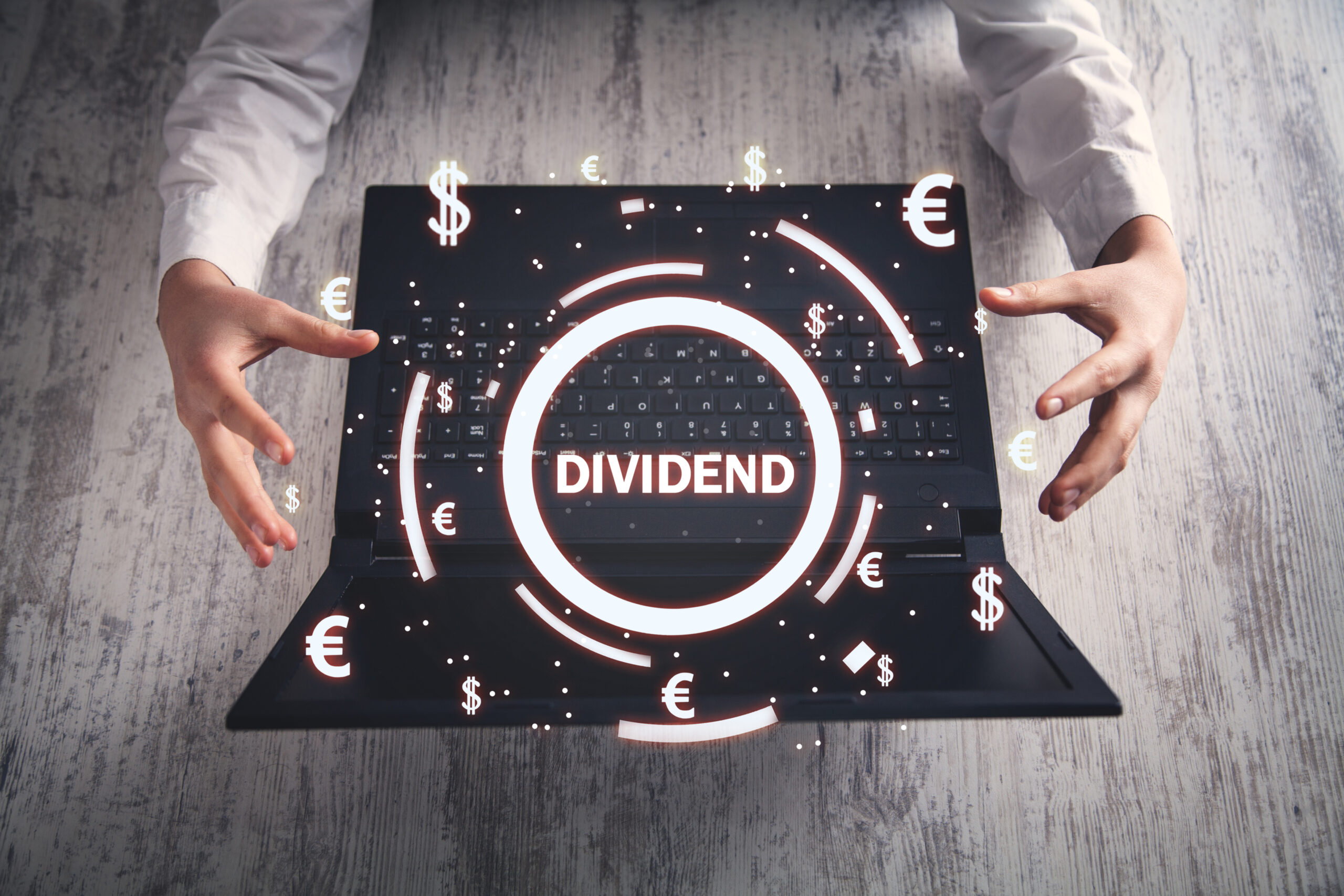Investors of all types can benefit from the power of dividend stocks. Although dividends are usually sought by those in or nearing retirement, those regular payouts can contribute mightily to your long-term returns wherever you are in your investing journey.
That’s especially true when the overall market is going through a bad patch. In those times, recurring dividend payments can cushion a portfolio’s returns and give an investor cash to reinvest while stocks are trading at lower levels.
Given today’s expensive-looking market, those attributes may come in particularly handy if Wall Street experiences volatility or a big pullback in the year ahead. That’s why these high-dividend exchange-traded funds (ETFs) could make for great selections today.
WisdomTree U.S. High Dividend Fund
If you like high and growing dividends combined with the stability of large-cap global stocks, the WisdomTree U.S. High Dividend Fund (DHS -0.40%) may be for you.
The ETF currently sports a dividend yield of 3.5%, which is pretty good compared with the 1.2% average yield of the S&P 500 index. What’s more, the WisdomTree U.S. High Dividend Fund concentrates on fairly safe, large stocks that generate lots of cash flows. Currently, its top holdings are oil and natural gas giant ExxonMobil, tobacco giant Altria Group, and pharmaceutical leader AbbieVie.
WisdomTree takes an interesting approach to selecting and weighting the stocks in this ETF. First, its portfolio is highly diversified, with 388 stocks today. To be included, a company must have paid dividends over the past 12 months and have a market capitalization of more than $100 million.
Second, rather than weighting the positions in the portfolio by market capitalization or dividend yield, it weights them by the total amount of dollars they distribute in dividends. Obviously, larger companies will likely pay out higher totals, but just because a company has a high market cap doesn’t mean it will pay out as much as a smaller one. So this weighting based on what one might call the “market cap of the dividend” is a nifty way to balance size and strength with dividend yield.
WisdomTree then scores the selected securities on a “risk composite” metric that’s based on two factors: a “quality” factor based on return on equity, and a “momentum” factor that gives credit to how well the stock has performed over the prior six- and 12-month periods.
The goal is to keep risky stocks out of the ETF by eliminating those that score in the bottom half of this risk composite. Interestingly, the ETF also won’t hold the top 5% of stocks with the highest dividend yields. That may seem counter-intuitive, but a very high dividend can often be a reflection of a company that’s in trouble — and such a company may have a payout cut coming in the near future. Therefore, avoiding holding the very highest-yielding stocks is another way to mitigate risk, even if it may mean the ETF is sacrificing a bit of dividend yield.
The Invesco S&P SmallCap High-Dividend Low-Volatility ETF
Looking for a higher payout with perhaps a bit higher risk? The Invesco S&P SmallCap High Dividend Low Volatility ETF (XSHD -0.96%) might be right for you.
This ETF sports a mouth-watering 6.9% dividend yield. However, keep in mind that its portfolio is composed of small-cap stocks, which are generally perceived as being riskier investments than large-cap stocks. Not only that, but the ETF tracks the S&P SmallCap 600 Low Volatility High Dividend index. That index starts by selecting a pool of the 90 highest-dividend-paying stocks within the S&P 600 small-cap index. As mentioned before, stocks with very high dividends may face underlying business risks that could lead to payout cuts.
Image source: Getty Images.
So, combining small caps with high yields is risky. But this index then takes additional filtering steps to mitigate these risks.
First, it whittles down those 90 stocks to 60 by eliminating the 30 with the highest volatility as measured by a stock’s beta. If a stock has a beta below 1, the stock’s price doesn’t oscillate as much as its index does on average, while a beta above 1 reflects a more volatile stock.
While volatility isn’t perfectly equal to the concept of “risk,” many investors use beta as a tool to quantify risk. So, culling the list of the 90 highest-yielding small caps down to the 60 lowest-beta stocks within that universe is intended to offset some of the risk inherent in investing in high-yield small caps.
Finally, the Invesco S&P SmallCap High Dividend Low Volatility ETF also limits the number of stocks in its portfolio from any single sector to a maximum of 10 to mitigate the additional risk of high sector concentration. That being said, the real estate sector makes up a high dollar amount of the index. The ETF’s top four holdings — accounting for a total of roughly 38% of its value — are in the real estate sector.
Global X SuperDividend U.S. ETF
Finally, the Global X SuperDividend ETF (DIV -0.63%) has a somewhat similar methodology to the Invesco fund, but is more concentrated, holding only 50 stocks picked from a larger pool of companies with all sorts of market capitalizations (though it does have a minimum market cap of $500 million).
Similar to the Invesco S&P SmallCap High Dividend Low Volatility ETF, this ETF — which tracks the Solactive Global SuperDividend Index — uses a mix of high dividend yields offset by beta, sifting out the 50 U.S.-listed stocks with the highest yields that also have betas of 0.85 or below. That beta threshold is actually fairly low and eliminates a lot of stocks. The index also limits any one sector to 12 out of its 50 holdings and 25% of its total dollar-weighting. Those features leave investors with somewhat of a low-risk pool, even though the ETF is still highly concentrated and sports a juicy 5.6% dividend yield.
These filters make the utility sector the largest component of this ETF, accounting for about 21% of its value. That’s not surprising given the regulated nature and relatively stable performance of many (though not all) utilities. The energy sector accounts for the second-largest slice of the portfolio, and the real estate sector is third.
So, while the Global X SuperDividend ETF is more concentrated than the Invesco ETF, these other characteristics tend to make it less risky. Additionally, this ETF is equal-weighted, meaning that upon rebalance, every stock gets a 2% weighting. Those rebalancings happen only once a year at the end of February, so as we get further away from February, the weightings will diverge based on the performance of the underlying stocks.
All in all, the Global X SuperDividend U.S. ETF is a fine choice for those looking for stable, bond-like investments that nevertheless have some upside potential and diversification across different sectors.










